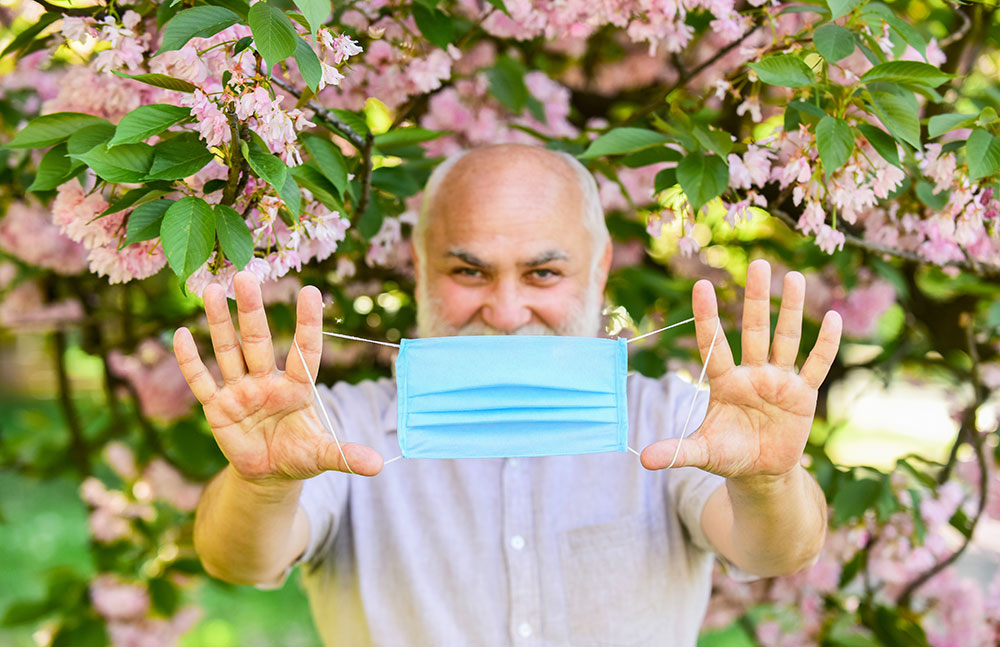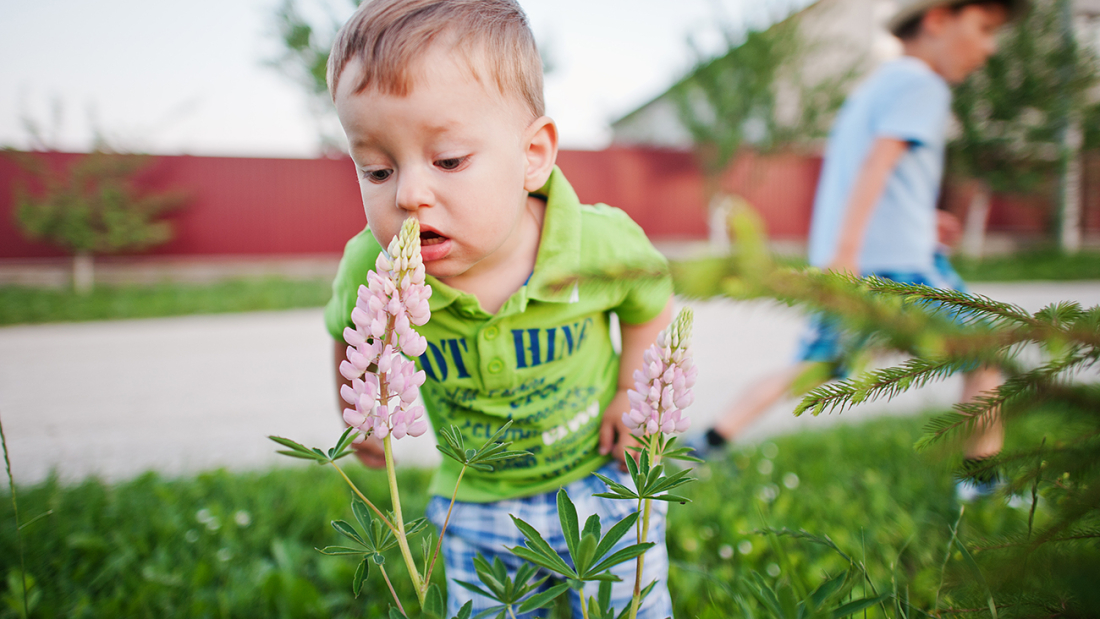Infants exposed to rodent and pet dander, roach allergens and a wide variety of household bacteria in the first year of life appear less likely to suffer from allergies, wheezing and asthma, according to results of a study conducted by scientists at the Johns Hopkins Children’s Center and other institutions.
Previous research has shown that children who grow up on farms have lower allergy and asthma rates, a phenomenon attributed to their regular exposure to microorganisms present in farm soil. Other studies, however, have found increased asthma risk among inner-city dwellers exposed to high levels of roach and mouse allergens and pollutants. The new study confirms that children who live in such homes do have higher overall allergy and asthma rates but adds a surprising twist: Those who encounter such substances before their first birthdays seem to benefit rather than suffer from them.

Importantly, the protective effects of both allergen and bacterial exposure were not seen if a child’s first encounter with these substances occurred after age 1, the research found.
A report on the study, published in the Journal of Allergy and Clinical Immunology, reveals that early exposure to bacteria and certain allergens may have a protective effect by shaping children’s immune responses— a finding that researchers say may help inform preventive strategies for allergies and wheezing, both precursors to asthma.
“Our study shows that the timing of initial exposure may be critical,” said study author Robert Wood, chief of the Division of Allergy and Immunology at the Johns Hopkins Children’s Center. “What this tells us is that not only are many of our immune responses shaped in the first year of life, but also that certain bacteria and allergens play an important role in stimulating and training the immune system to behave a certain way.”
The study was conducted among 467 inner-city newborns from Baltimore, Boston, New York and St. Louis whose health was tracked over three years. The investigators visited homes to measure the levels and types of allergens present in the infants’ surroundings and tested them for allergies and wheezing via periodic blood and skin-prick tests, physical exams and parental surveys. In addition, the researchers collected and analyzed the bacterial content of dust collected from the homes of 104 of the 467 infants in the study.
Read full story here
Source: Johns Hopkins Medicine
SUBSCRIBE TO OUR BLOG IN THE RIGHT SIDEBAR MENU TO RECEIVE OUR DAILY BLOG POST DIRECTLY TO YOUR E-MAIL
SUBSCRIBE TO OUR NEWSLETTER TO RECEIVE A MONTHLY MAIL WITH MORE RELEVANT INDUSTRY AND COMPANY NEWS
Brought to you by Fomat Medical

